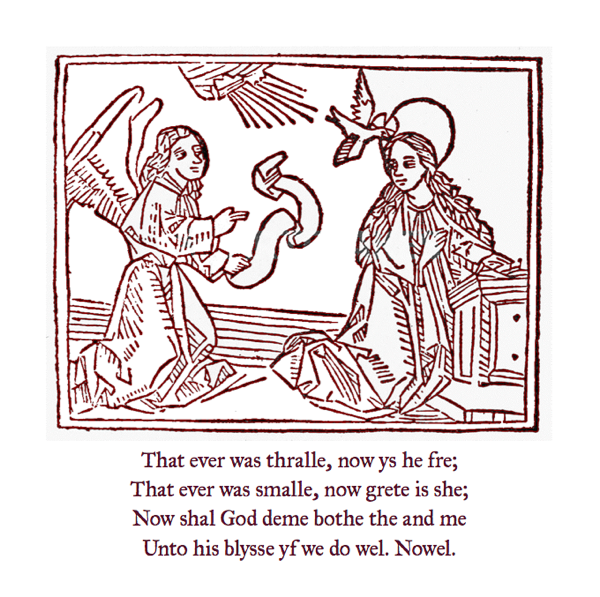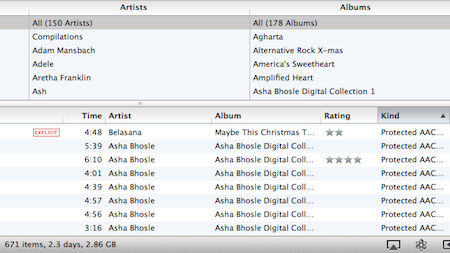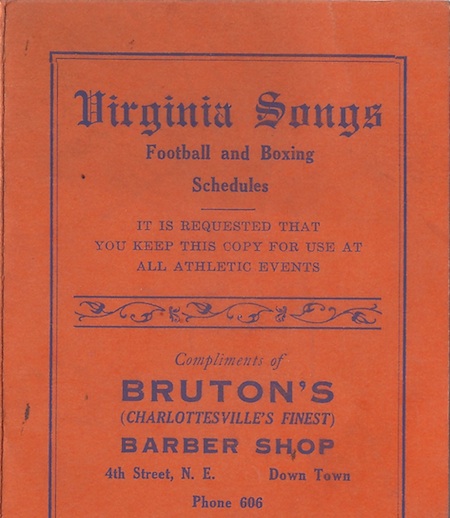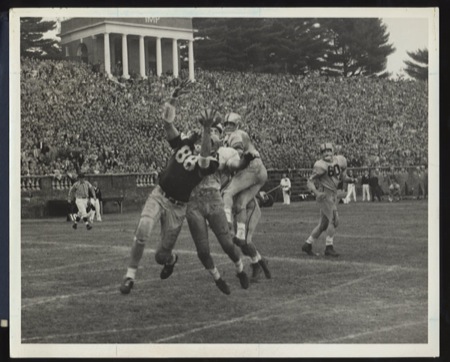It’s been four years since I last sang at Carnegie Hall, and Tuesday I’ll be there again, performing the Beethoven Missa Solemnis with the Boston Symphony, under the direction of the Tanglewood Festival Chorus’s John Oliver. It’s been an interesting run, for a host of reasons that have little to do with the music and everything to do with the musicians.
But one thing about it that’s particularly interesting to me is that I find myself still trying to figure out this work. Even though it was the first major work I sang with a symphonic chorus, eighteen years ago. Even though I sang it once more with Robert Shaw fourteen years ago.
It shouldn’t surprise me how much there is to learn about this work. Beethoven wrote it at the height of his powers, and close to the end of his life, at the same time he was composing the Ninth Symphony. I think it’s equally as great a work as the Ninth, but more difficult to approach. Because where the Ninth resolves eternal conflict through the relatively accessible lens of joy and brotherhood, the Missa doesn’t really resolve the conflict at all, and uses religion as the lens through which the conflict is examined.
The movement I’ve been fixated on is the “Agnus Dei.” It’s the last movement of the piece, and as Maestro Oliver points out, it’s unique in that it’s a classical composition–as in, big C classical, partaking much more of Mozart or Haydn than does the rest of the work. It’s very structured, relatively formal, and can seem either light hearted or too mannered if you approach it in the wrong way.
I’m coming at the piece through a gout attack–the first one I’ve had in several years, only the second major one I’ve had–and I think I understand it a little better. I see the “Agnus Dei” as Beethoven trying to come to terms with what was happening to him at the end of his life–his total deafness, his approaching mortality. There are shifting tones in it of fear and of utter desolation. (Which also became clear to me for the first time on this concert run, when we sang the “Miserere” section after hearing Maestro Kurt Masur’s announcement that he could not conduct and his quiet confession that the Missa was too much and that he would never conduct it again.) And I certainly feel an echo of that in my frustration in being unable to stand without pain, or at the worst even to have something touch my foot.
But then comes the “Dona Nobis Pacem.” And where in Berlioz or other masses it’s a cry for help, there’s something quietly assured about the way Beethoven sets this text. It’s a fugue in a major key that keeps returning even over outbreaks of “Miserere.” Done lightly or thoughtlessly, the contrast is jarring. Done in the spirit of the thing, it is meditation, a plea for self control.
It reminds me of The Waste Land, actually. As Eliot’s associative madness pulls in imagery from Hieronymo to bats to women fiddling on their hair, the poet reaches for “Datta, Dayadhvam, Damyata.”–“give, sympathize, control”–and then “Shantih, shantih, shantih.” A mantra in the strictly correct sense of the word. And while it’s debatable whether Eliot truly achieves “the peace that passeth all understanding” even by the end of the work, it’s pretty clear that Beethoven’s “pacem, pacem” performs the same function for him. It’s a reaching of acceptance of all that is in life, an acknowledgement of peace and its power.
And it will be very hard to convey that in performance. But now that I know that it’s there, maybe I can try to make it happen.






